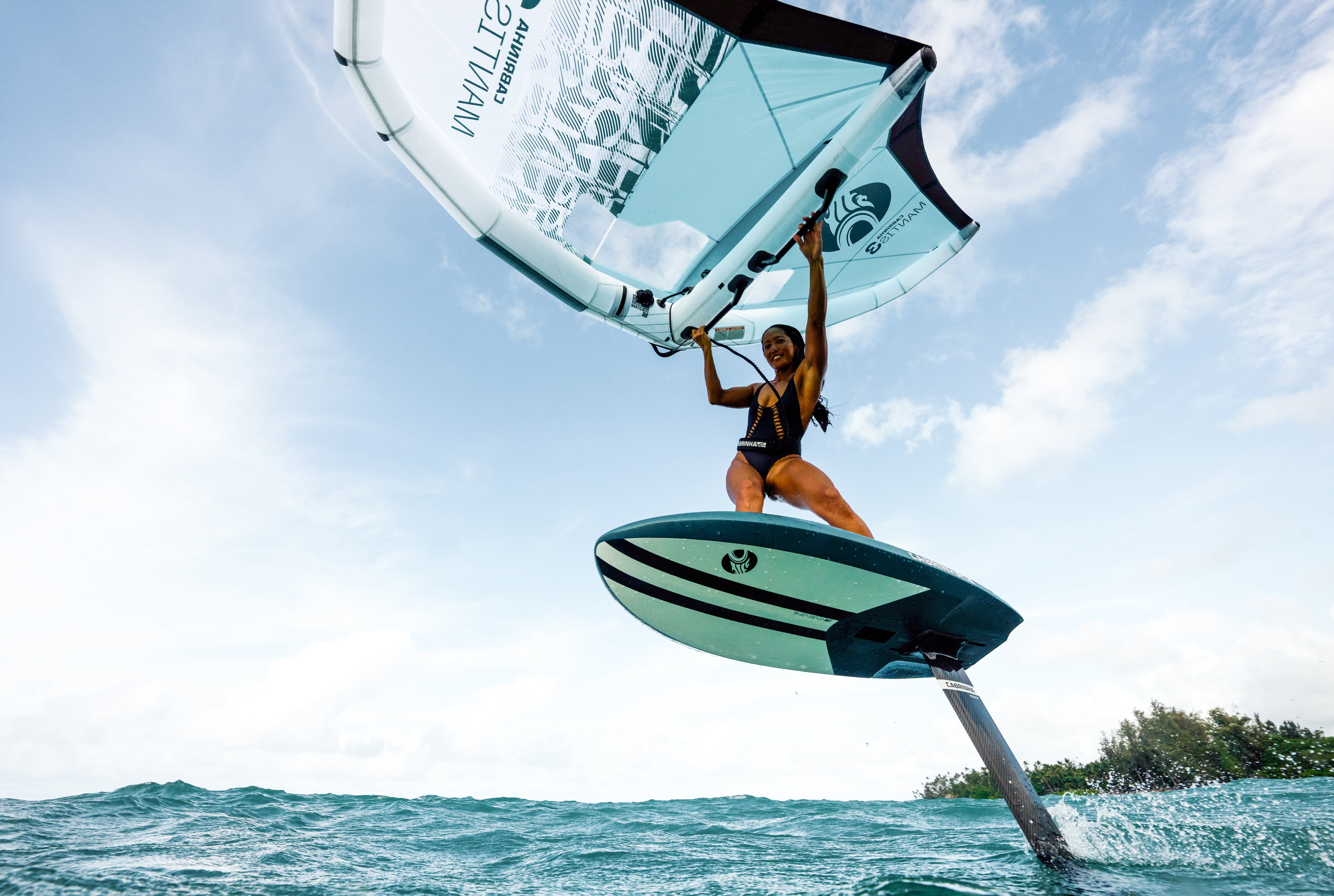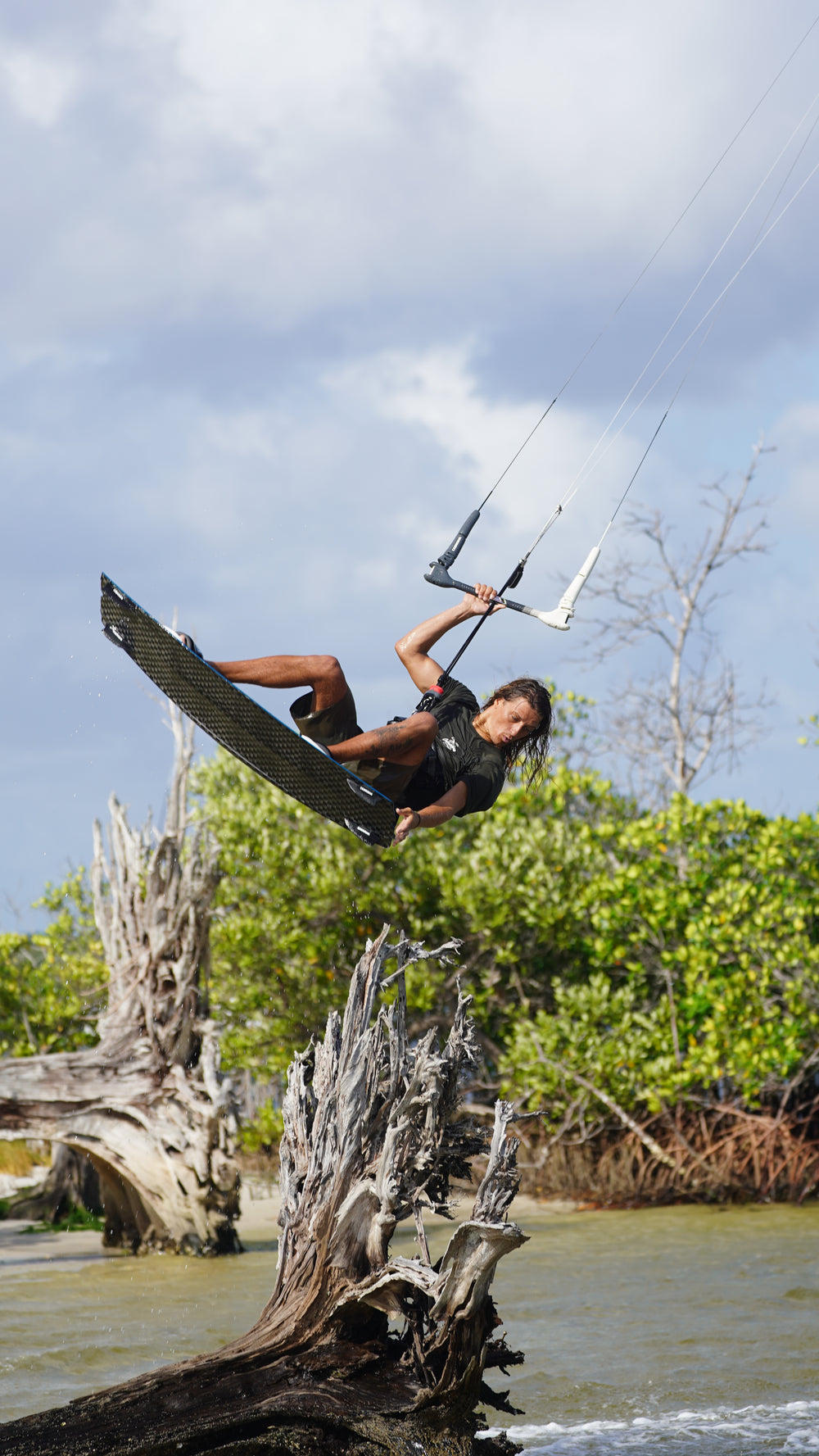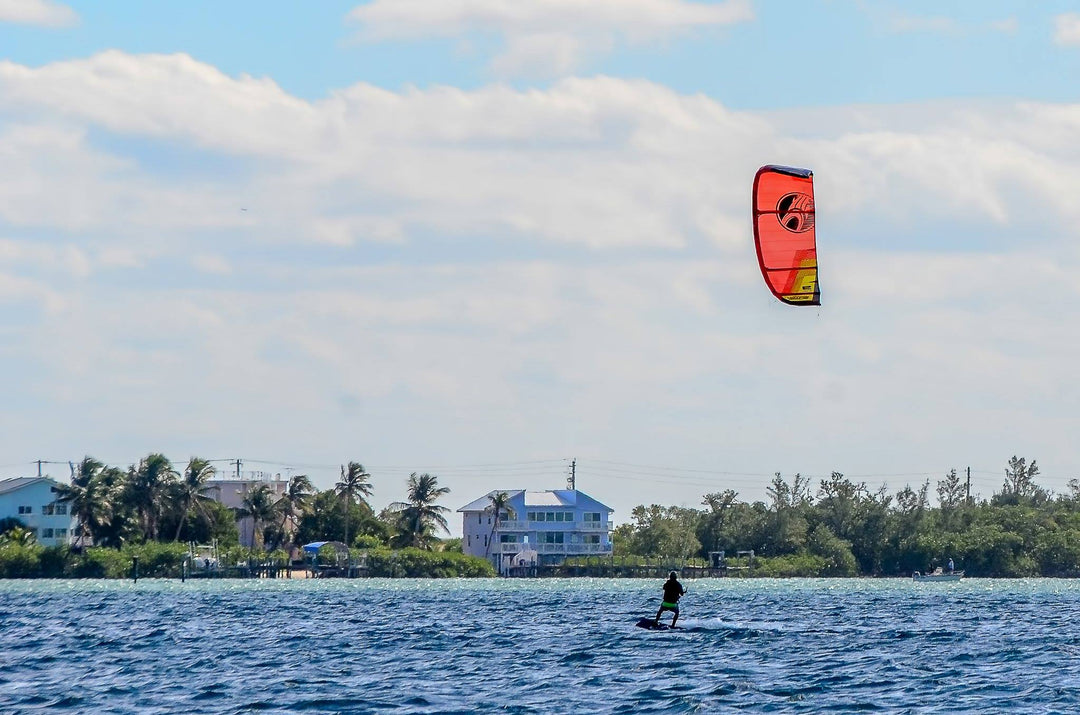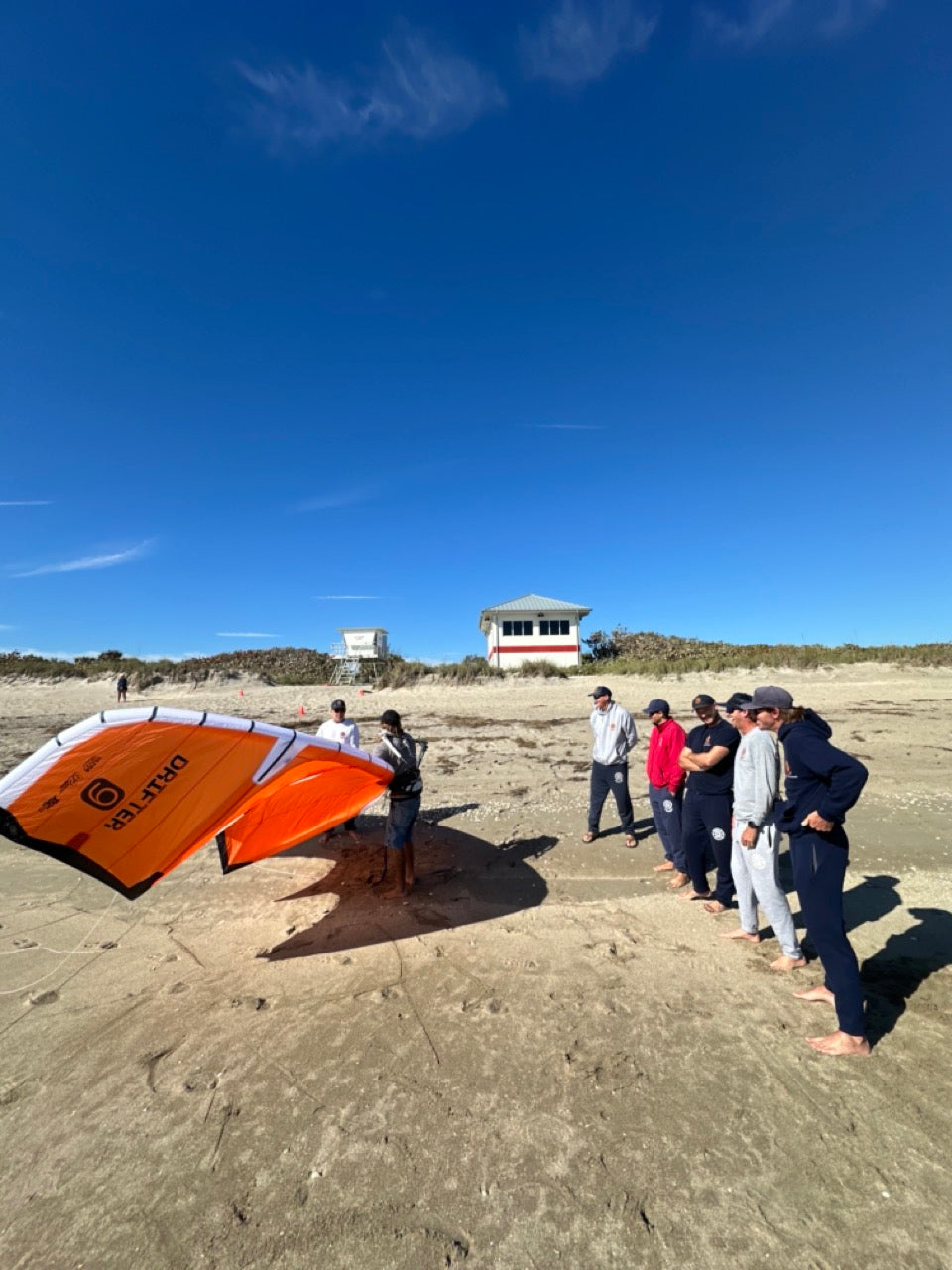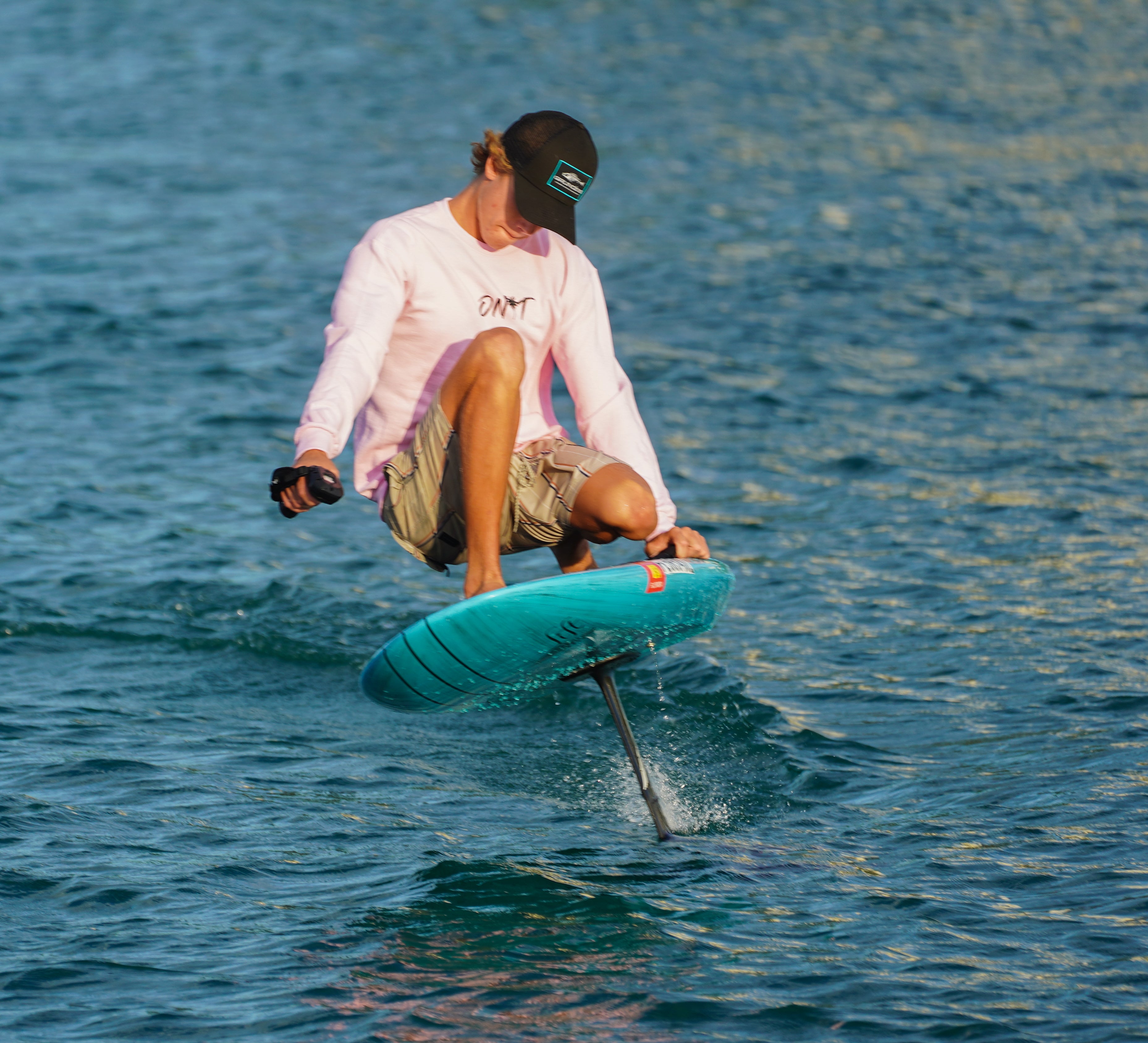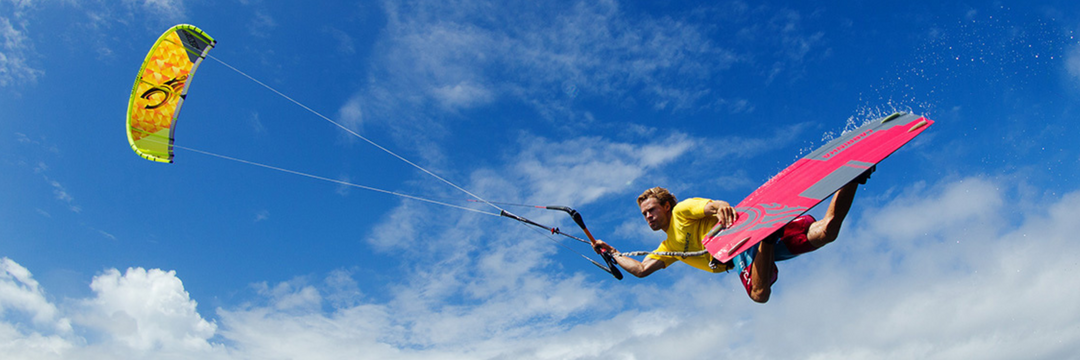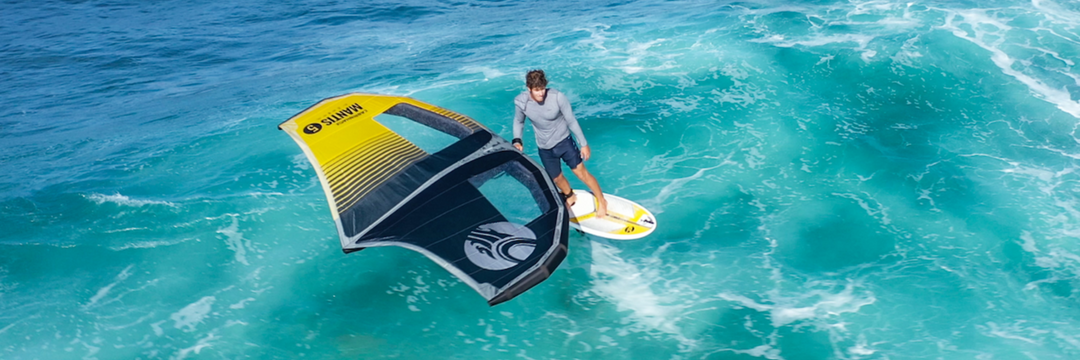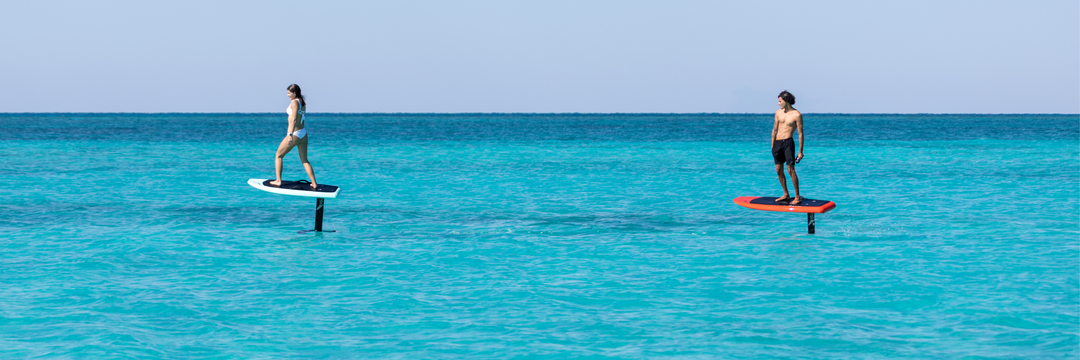Step 1: Familiarize Yourself with the Sport. Start by immersing yourself in the world of kiteboarding. Read books, watch videos, and follow kiteboarding forums to gain a basic understanding of the sport, its equipment, and techniques.
Step 2: Watch Instructional Videos. Watch beginner-level instructional videos to learn about kiteboarding basics, kite control, body positioning, and essential safety practices. This will give you a visual reference before getting hands-on experience.
Step 3: Locate the Nearest School. Find a reputable kiteboarding school or certified instructor in your area. Taking lessons from professionals will fast-track your learning process and ensure you learn the correct techniques from the start. If you are in South Florida, we would love to have you out on the water with New Wave Kiteboarding.
Step 4: Learn from a Professional Instructor. Reach out to your local kiteboarding school, you will learn what it takes to enroll in a beginner's kiteboarding course with a certified instructor. They will teach you everything from kite setup, launching, landing, body dragging, board control, safety procedures and protocols, and eventually coach you to ride up wind. Their guidance and feedback are invaluable for your progress and a must for learning this sport.
Step 5: Understand Wind and Lift. Learn the basics of wind dynamics and how the kite generates lift. Understand the wind window and power zones to control the kite effectively and harness its power.
Step 6: Learn How to Read Wind and Weather Conditions. It is crucial to develop the ability to read wind and weather conditions. This plays a major role in knowing when you should and shouldn't be considering a session. Just because it's windy, doesn't mean you should always go! Pay attention to wind speed, direction, gusts, and potential hazards, ensuring a safe session on the water,
Step 7: Learn and Maintain Safety Operations. Safety should always be your top priority. Understand all safety systems, including quick releases, safety leashes, and self-rescue techniques. Regularly inspect your equipment for any signs of wear and tear.Knowing safety protocols like the back of your hand will allow you to practices and progress in the sport with confidence. This ensures you are ready for any situation that comes your way.
Step 8: Understand How to Fly the Kite. Practice kite control with a small trainer kite on land before moving to larger kites on the water. Learn how to launch, steer, and land the kite safely.
Step 9: Learn How to Maneuver the Kite with Power Strokes to Create Pull. Master power strokes to create pull from the kite. This skill is essential for body dragging and board starts, as it helps you generate power and control the kite. Step 10: Learn How to Body Drag. Body dragging involves using the kite's power to move through the water without a board. It is essential for retrieving your board, positioning yourself correctly, and gaining confidence in the water. Step 11: Board Starts and Riding Upwind. Practice board starts with the help of your instructor. Learn to get up on the board and ride. Progress to riding upwind, which is crucial for maintaining control and avoiding being carried downwind.
Step 12: Time to Buy Gear. Once you have gained proficiency in kiteboarding, it's time to invest in your gear. Consult a professional at Newwavekiteboarding.com to find the best kite, board, harness, and sizes that suit your preferences and skill level. Step 13: Learning Advanced Maneuvers and Tricks. As you become more skilled, you can start exploring advanced maneuvers and tricks, such as jumping, transitions, kite loops, and more. Always practice these tricks in safe conditions and gradually progress to more challenging maneuvers.
Conclusion: Learning to kiteboard is an exciting and rewarding journey that requires dedication, practice, and a strong commitment to safety. Start by familiarizing yourself with the sport, get proper instruction from a certified instructor, and practice regularly. As you progress, consult professionals when buying gear and challenge yourself with advanced maneuvers. Remember to prioritize safety at all times and enjoy the thrill of kiteboarding!
